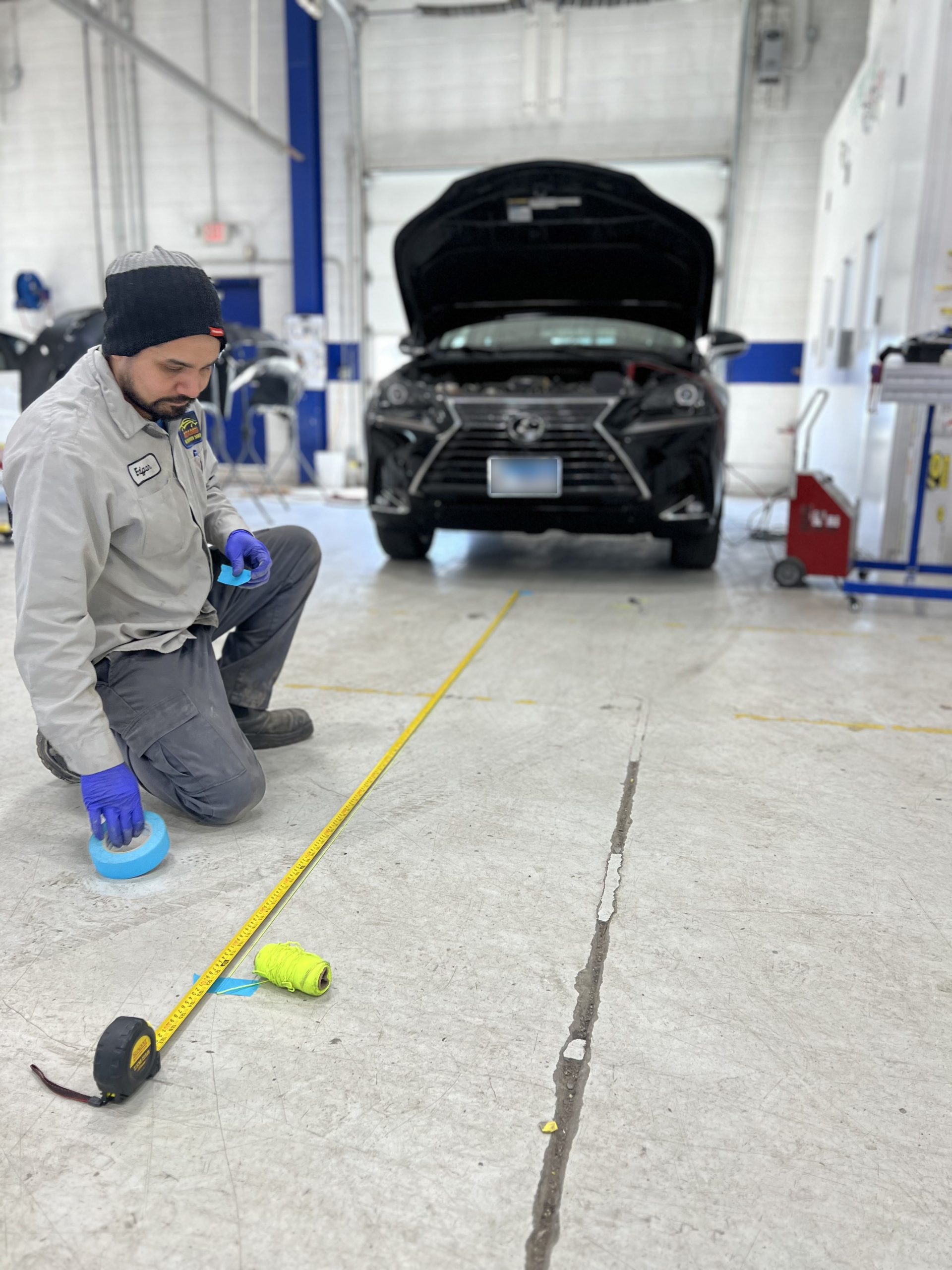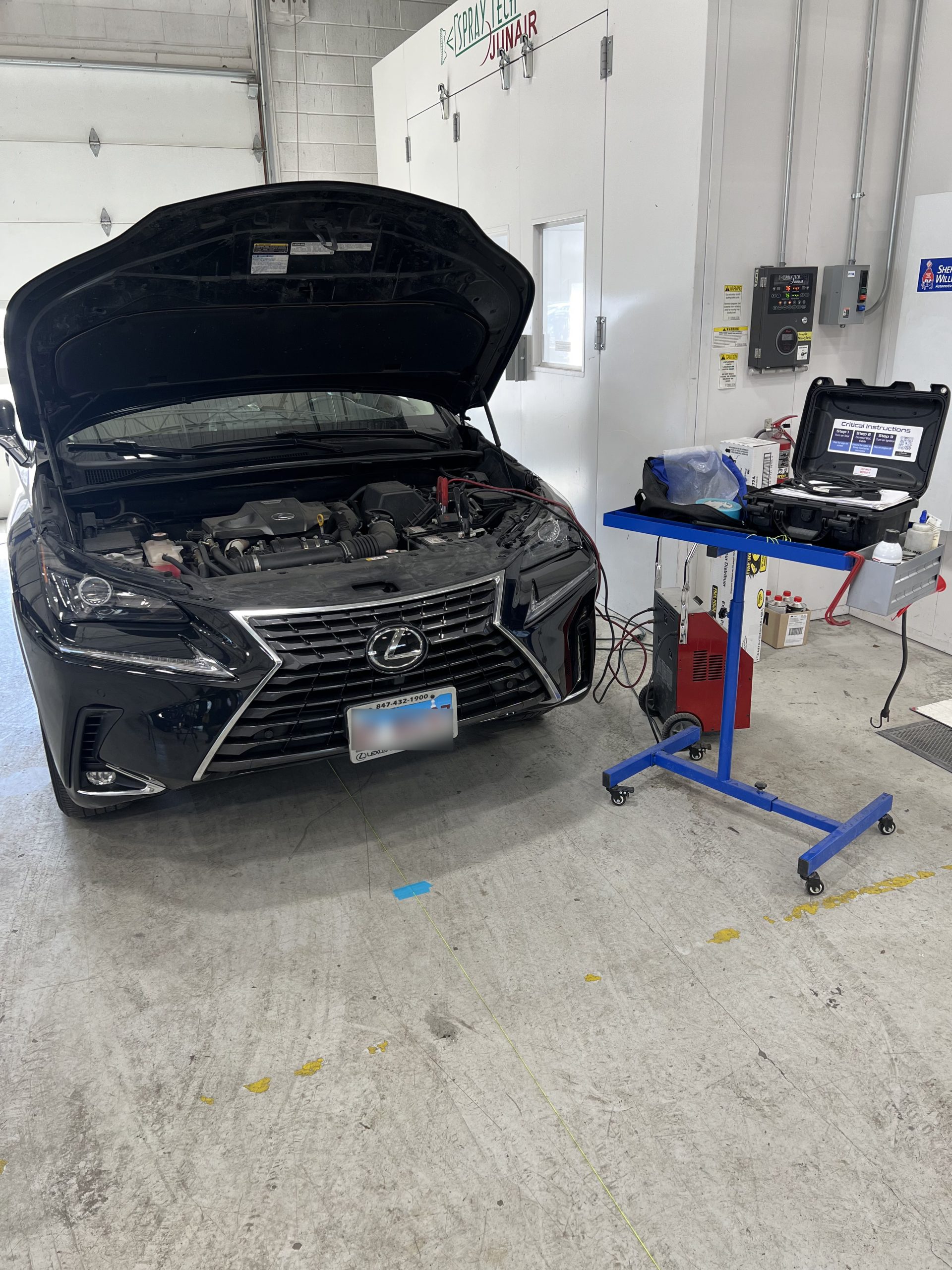CALIBRATION
CALIBRATION
Modern vehicles have an array of advanced driver assist systems. These systems assist the drivers forward radar, blind spot monitors, front, and rear cameras. It is important that these systems are calibrated correctly and functioning properly. We make sure all safety systems are inspected and calibrated to ensure the safety of you and your family. We stay updated on new features on the latest models to ensure a completed repair.
Sensor Alignment: ADAS systems rely on various sensors such as cameras, radar, lidar, and ultrasonic sensors. During calibration, these sensors need to be precisely aligned to ensure they accurately detect and interpret the surrounding environment.
Calibration Targets: Specialized calibration targets or patterns are often used during the process. These targets provide reference points for the ADAS sensors to calibrate against. They may be placed at specific distances and angles to simulate real-world scenarios.
Software Adjustment: Calibration may also involve software adjustments to ensure that the ADAS system interprets sensor data correctly and responds appropriately. This can include adjusting parameters related to sensor sensitivity, detection thresholds, and response algorithms.
Dynamic and Static Calibration: Calibration procedures can be either dynamic (performed while driving) or static (performed while stationary). Dynamic calibration is often used for systems like adaptive cruise control, where the vehicle needs to be driven at certain speeds and distances to calibrate the radar sensor. Static calibration is more common for camera-based systems and can be performed in a controlled environment like a workshop.
Specialized Equipment: ADAS calibration typically requires specialized equipment, including calibration targets, alignment tools, diagnostic software, and sometimes even vehicle-specific calibration procedures provided by manufacturers.
Verification and Testing: After calibration, it’s essential to verify that the ADAS systems are functioning correctly. This may involve conducting tests to ensure that the sensors detect objects accurately, that warning signals are triggered appropriately, and that the vehicle responds correctly to various driving scenarios.
ADAS calibration is crucial for ensuring the proper operation of advanced safety features in modern vehicles. It’s typically performed by trained technicians using specialized equipment and following manufacturer-specific procedures to maintain safety and functionality.


